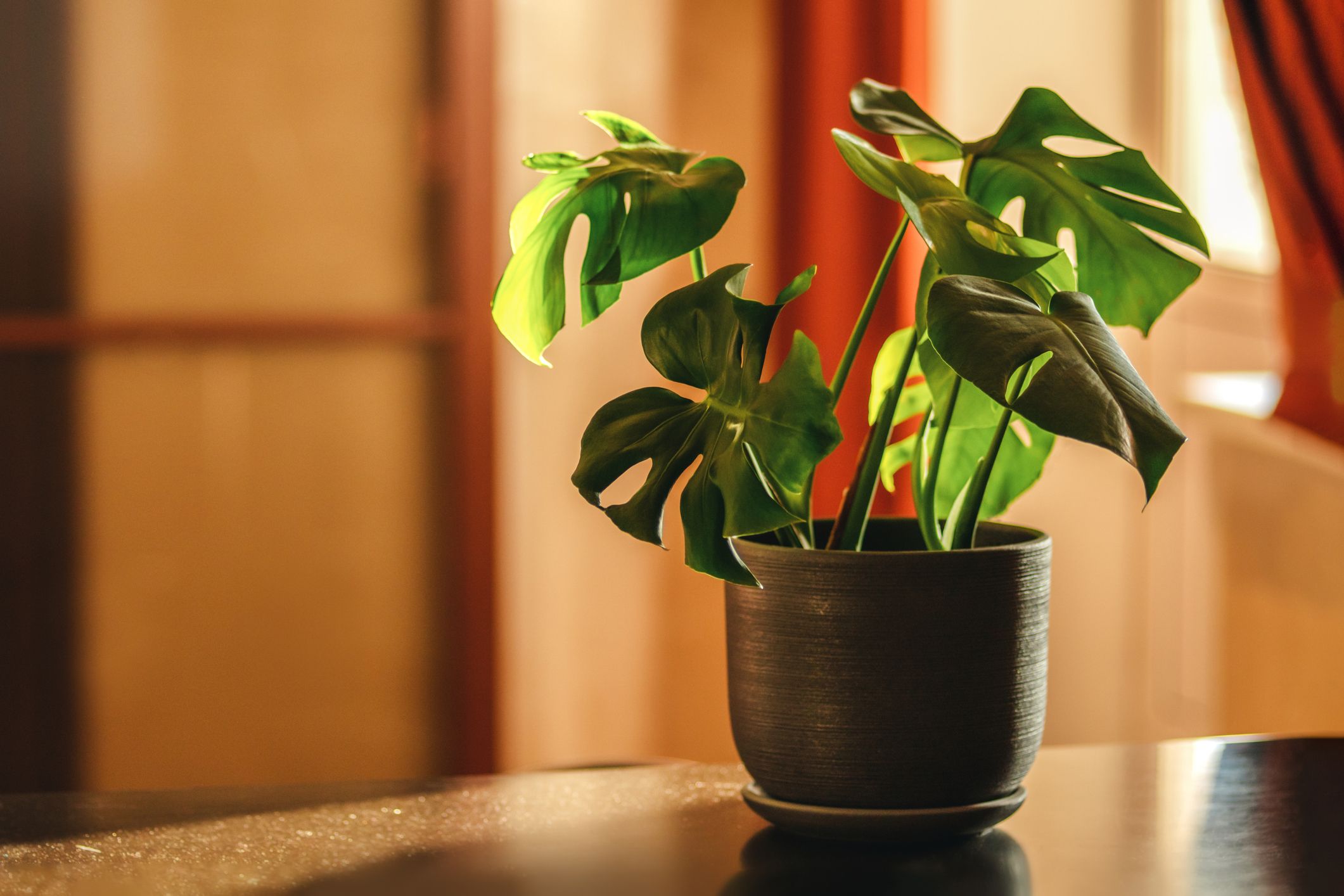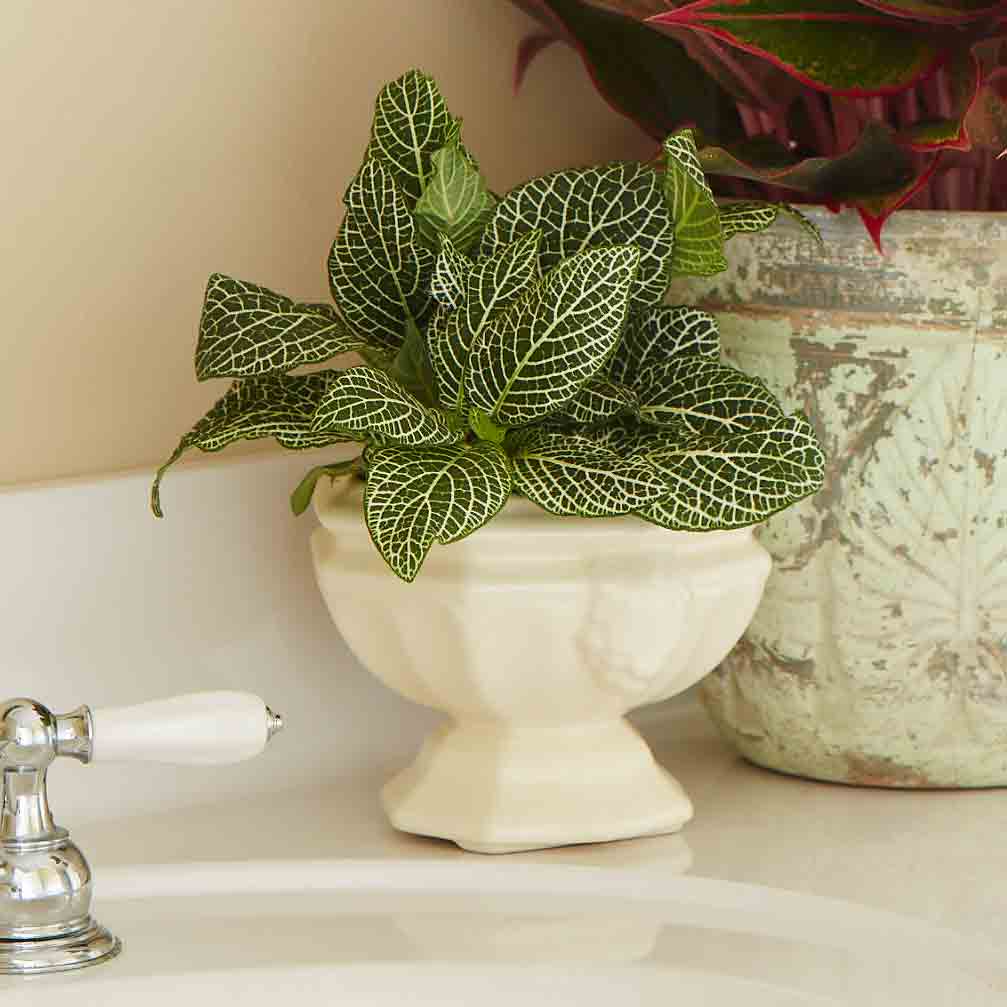Where to Place the Best Low-Light Indoor Plants in Your Home for Maximum Impact
Where to Place the Best Low-Light Indoor Plants in Your Home for Maximum Impact
Blog Article
Uncover the Keys of Low-Light Indoor Plants and How They Enhance Your Atmosphere
Low-light indoor plants have amassed raising interest for their distinct capacity to improve both aesthetic allure and environmental quality within homes and workplaces. These resistant types, including the Snake Plant and Tranquility Lily, not only flourish in challenging lights problems however also play a crucial duty in air purification and emotional health.
Benefits of Low-Light Indoor Plants
Although many individuals assume that interior plants require bountiful sunshine to grow, low-light indoor plants offer a wide variety of advantages that make them perfect for numerous atmospheres. One of the main advantages is their versatility; they can flourish in rooms with restricted all-natural light, such as offices, cellars, or areas with little windows. This feature enables people to enhance their environments with plant, contributing to boosted looks without the need for substantial illumination alterations.
Furthermore, low-light interior plants can significantly boost interior air top quality by launching and filtering system damaging toxins oxygen, making living spaces healthier. Research study has actually revealed that certain ranges can soak up pollutants, thus promoting a cleaner ambience. Additionally, they can improve mental wellness by decreasing stress and anxiety and enhancing efficiency. The visibility of plants has actually been linked to greater feelings of serenity and focus.
In addition, low-light plants frequently need less maintenance than their sun-loving counterparts, making them perfect for hectic people or those brand-new to gardening. Their durability allows them to love very little intervention, thus providing a rewarding experience for plant lovers and beginners alike. In summary, low-light interior plants serve both aesthetic and useful objectives, making them valuable additions to any kind of area.
Top Low-Light Plant Varieties
Low-light interior plants can be found in a variety of species, each offering unique qualities and benefits matched for dim environments. Amongst one of the most prominent varieties is the Serpent Plant (Sansevieria), understood for its air-purifying capacities and architectural fallen leaves. This resistant plant thrives on forget and can tolerate a variety of light problems.
Another superb option is the ZZ Plant (Zamioculcas zamiifolia), which features glossy, dark environment-friendly leaves and is highly drought-tolerant. Its versatility makes it a favorite for offices and homes with limited sunshine.
The Pothos (Epipremnum aureum) is also a top challenger, with its trailing creeping plants and heart-shaped leaves - Best low-light indoor plants. This functional plant can be trained to climb up or waterfall, adding aesthetic interest to any type of area

Care Tips for Low-Light Plants
Caring for low-light interior plants requires a nuanced understanding of their details requirements to ensure optimum growth and vitality. It is important to pick the best potting mix, as a well-draining dirt is additional reading important to protect against root rot. A mix designed for houseplants, usually consisting of peat moss and perlite, works well for a lot of low-light varieties.
Watering is one more essential aspect of care. Low-light plants usually require less regular watering contrasted to their sun-loving equivalents. It is advisable to inspect the leading inch of dirt; if it really feels completely dry, it's time to water. Overwatering can result in difficulties such as mold and root decay.
Fertilization needs to be approached with caution. Throughout the expanding season, a watered down liquid fertilizer can be applied monthly, however in cold weather, several low-light plants go into dormancy and require little to no fertilization.
Finally, it is necessary to occasionally clean up the fallen leaves to eliminate dirt, enabling far better light absorption. By adhering to these care suggestions, you can cultivate a growing setting for your low-light indoor plants, enhancing both their appearance and durability.
Enhancing Air High Quality With Plants
Indoor plants play read the article a substantial duty in boosting air top quality within homes and workplace rooms. Through the process of photosynthesis, these plants soak up co2 and launch oxygen, adding to a much healthier ambience. In addition, particular low-light interior plants have the ability to filter hazardous pollutants, such as formaldehyde, trichloroethylene, and benzene, which are typically discovered in indoor atmospheres.

In addition, the presence of interior plants can raise moisture degrees, which assists alleviate completely dry skin and breathing problems, additionally improving total wellness. This capacity to improve air quality not only advertises physical wellness yet likewise supports mental health.
Including low-light interior plants into your living and working rooms can bring about an extra lively and invigorating atmosphere (Best low-light indoor plants). Purchasing these natural air cleansers is a basic yet read this article efficient approach for enhancing indoor air quality and fostering a much healthier way of life
Creating a Serene Indoor Room
The combination of plants into living rooms not just improves air quality yet likewise contributes to a serene ambience. Low-light indoor plants, such as serpent plants and pothos, are especially effective in developing a peaceful atmosphere, as they thrive in problems that may or else be inhospitable for various other greenery. Their lavish foliage gives a soothing visual, minimizing tension and advertising relaxation.
Including these plants into your office or home can evoke a feeling of peace and health. Strategically putting them in areas where you invest considerable time, such as living areas or work areas, enables an immersive experience with nature, which has been revealed to improve mood and cognitive feature.
Additionally, the gentle motion of leaves in action to airflow can produce a dynamic visual component that enhances the overall atmosphere. Consider making use of a variety of plant heights and structures to include depth and passion to your room. With thoughtful positioning and care, low-light indoor plants can change any kind of area into a tranquil sanctuary, fostering not only aesthetic fulfillment yet also emotional and mental health.

Final Thought
Including low-light interior plants right into various settings returns considerable advantages, consisting of improved air high quality and boosted aesthetic allure. The transformative power of low-light plants highlights their value in improving both work and property setups.
Although numerous individuals assume that interior plants need bountiful sunlight to thrive, low-light interior plants supply a wide range of advantages that make them ideal for various environments.Furthermore, low-light interior plants can dramatically improve interior air top quality by launching and filtering harmful toxins oxygen, making living rooms healthier. Additionally, specific low-light indoor plants have the ability to filter hazardous pollutants, such as formaldehyde, benzene, and trichloroethylene, which are typically discovered in interior environments.
Low-light interior plants, such as snake plants and pothos, are specifically reliable in developing a peaceful environment, as they prosper in conditions that might or else be unwelcoming for various other plant.Incorporating low-light indoor plants right into different settings returns substantial advantages, consisting of enhanced air quality and boosted aesthetic appeal.
Report this page